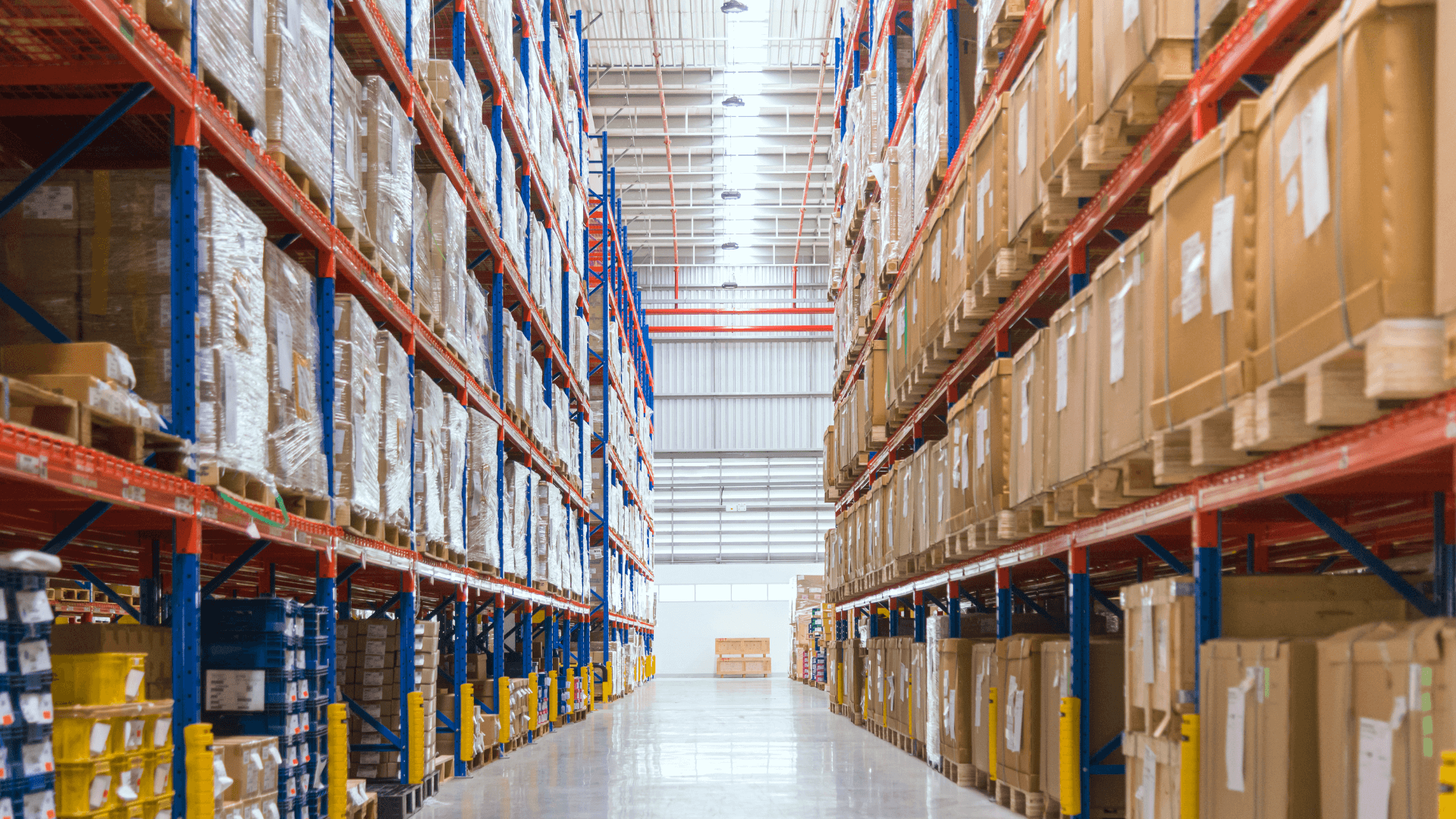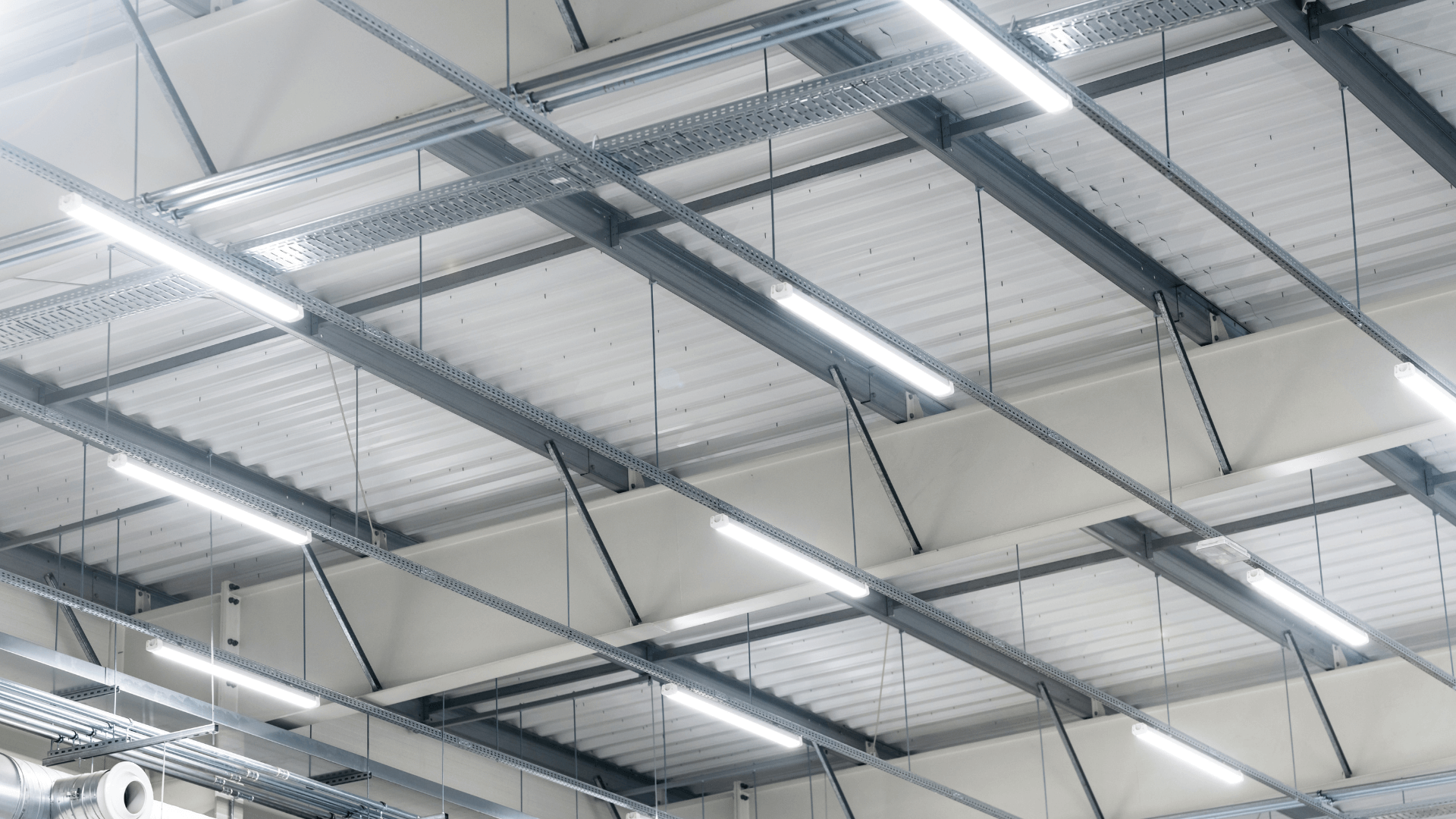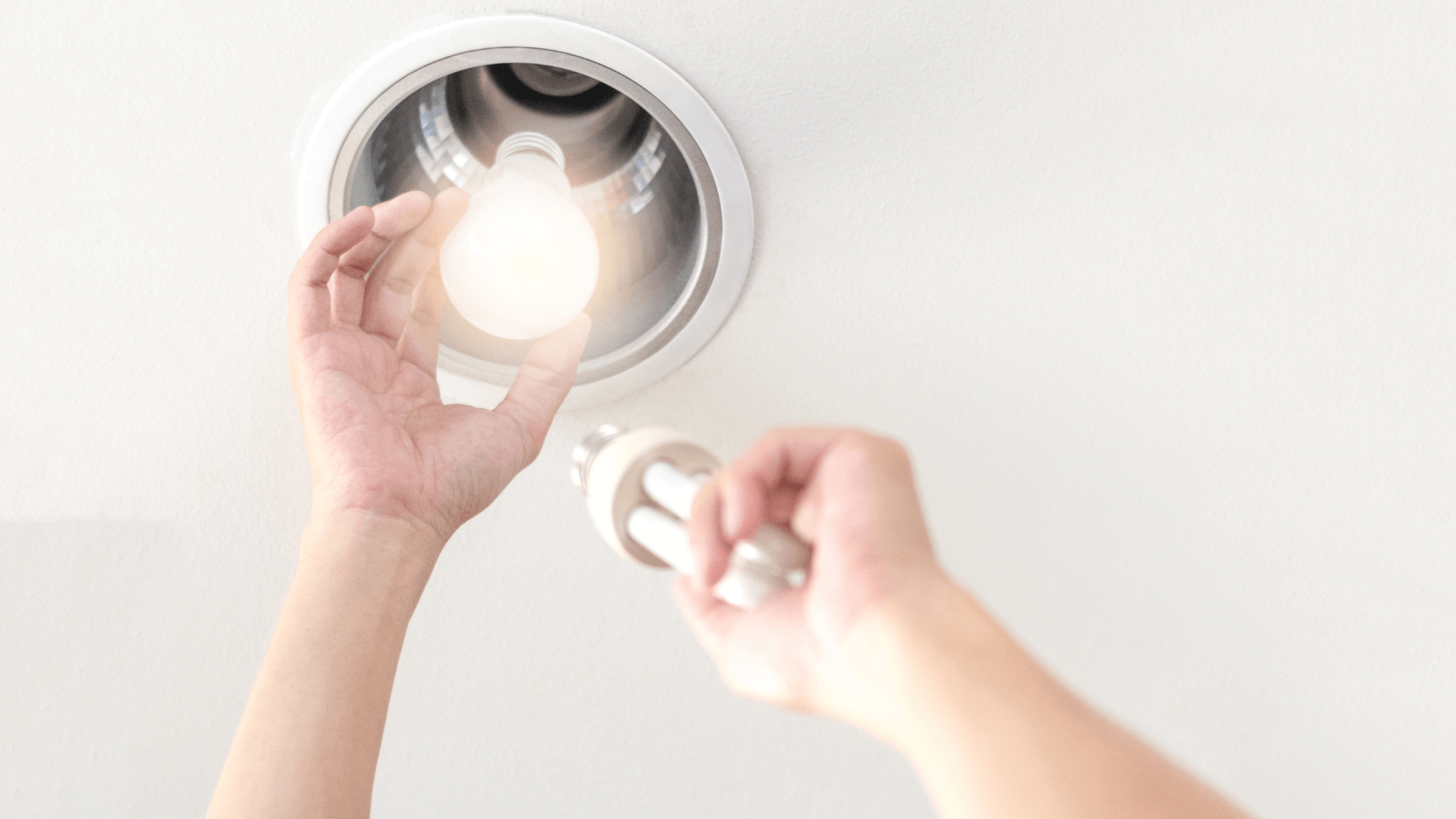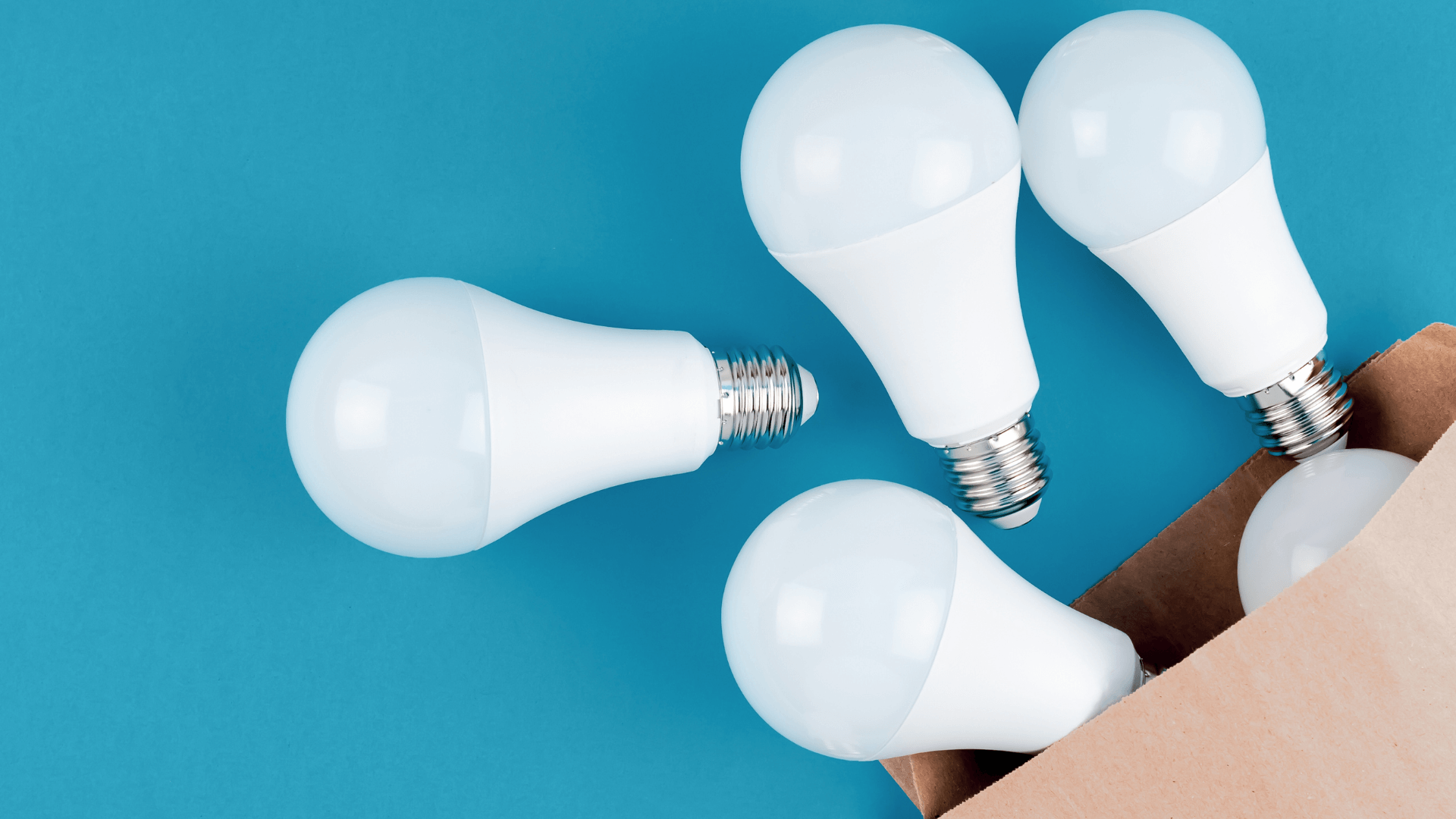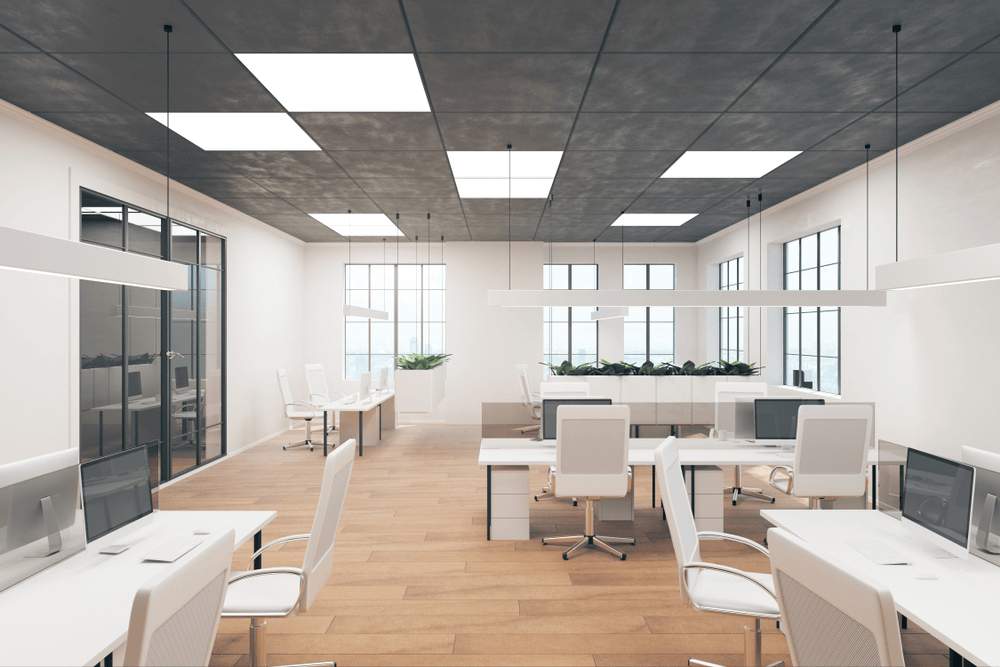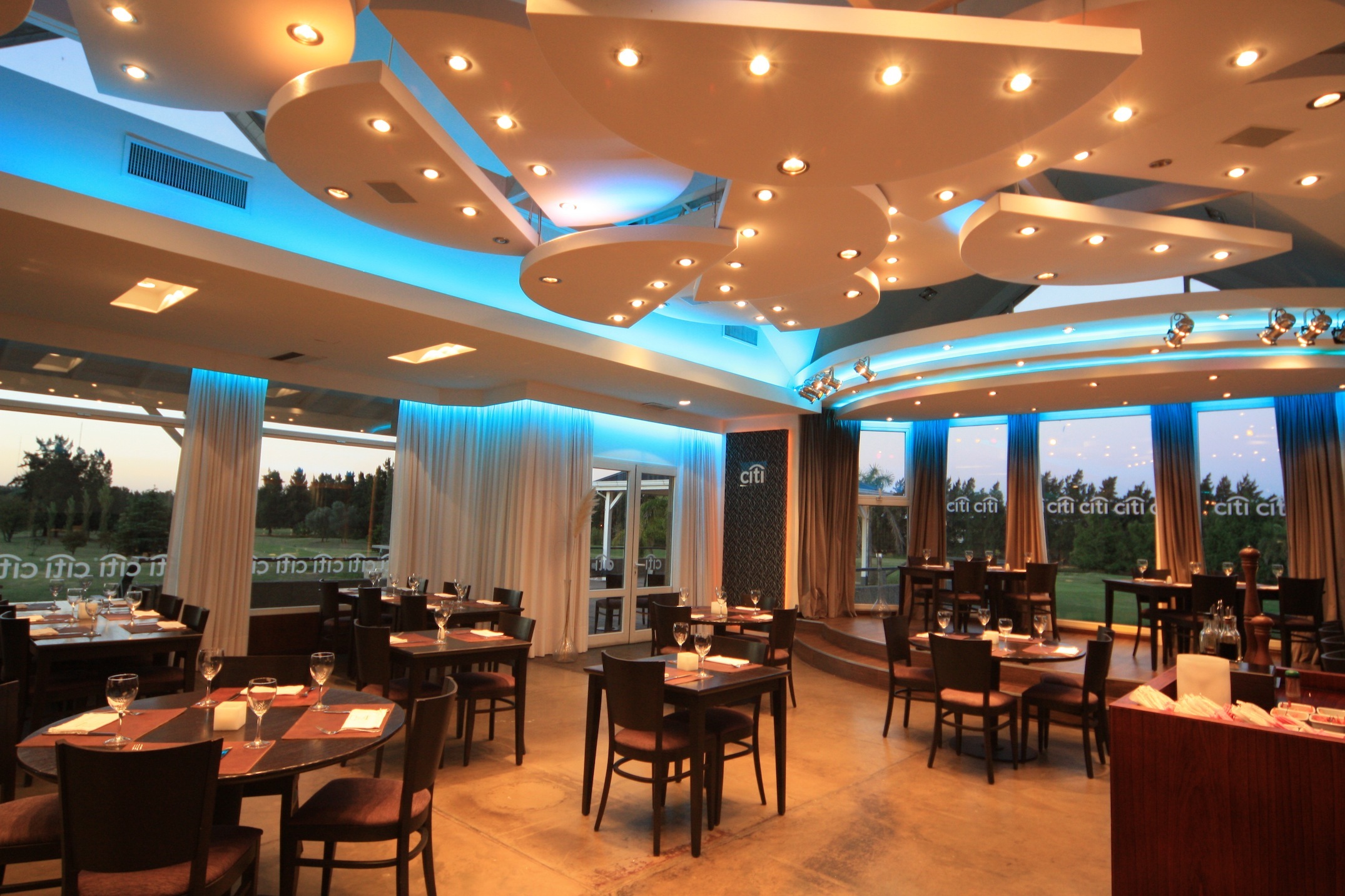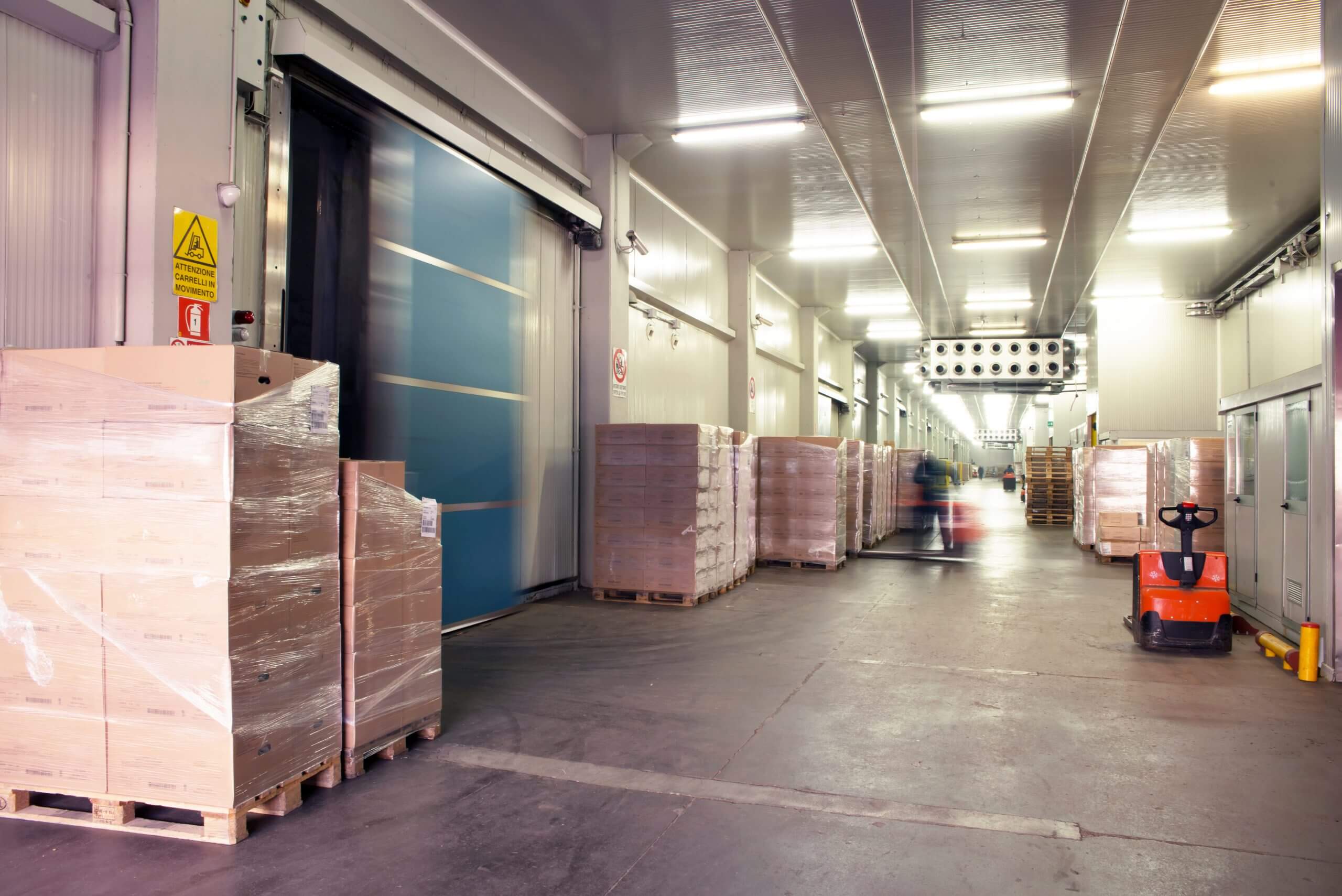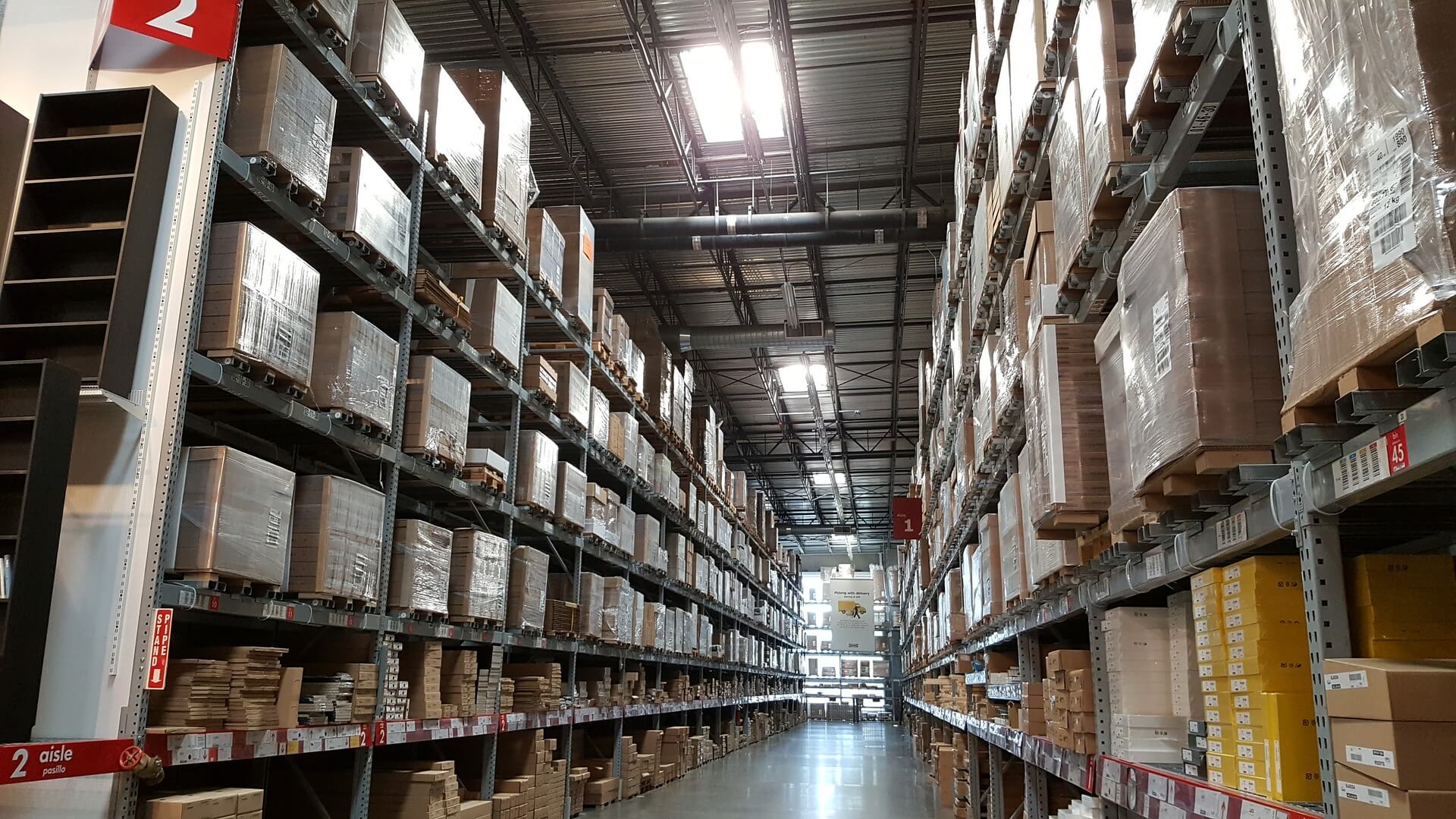We understand the importance of well-lit spaces in enhancing productivity and safety. However, many businesses settle for low light levels in their facilities, reducing visibility, increased energy consumption, and higher operation and energy costs. Let’s explore how an energy-efficient LED lighting upgrade for your facility can fix this while saving your business money and significantly reducing energy consumption.
The Challenge of Low Light Levels
Low light levels can negatively impact any facility, from warehouses and manufacturing plants to offices and retail spaces. Dimly lit environments strain the eyes and impede productivity while compromising safety. Outdated lighting systems often consume excessive energy, resulting in inflated utility bills and unnecessary business expenses.
The Solution: Energy-efficient LED Lighting Upgrades
LED technology represents a leap forward in lighting efficiency, offering superior brightness, longevity, and energy savings compared to traditional lighting sources. By upgrading to LED fixtures, businesses can transform their dimly lit facilities into well-lit, vibrant spaces while reaping a host of benefits:
1. Enhanced Visibility and Safety
LED lighting provides superior illumination that enhances visibility and reduces eyestrain, promoting a safer and more comfortable working environment for employees. In warehouses and manufacturing facilities, improved visibility translates into fewer errors, reduced accidents, and increased productivity.
2. Significant Energy Savings
One of the most compelling reasons to switch to LED lighting is its remarkable energy efficiency. LED bulbs consume up to 80% less energy than traditional incandescent bulbs and last significantly longer, resulting in substantial savings on electricity bills and maintenance costs for the business. By upgrading to LED lighting solutions, businesses reduce their lighting-related energy costs while benefiting from a better working environment.
3. Long-Term Cost Savings
While the upfront cost of LED lighting may seem daunting to some businesses, the long-term cost savings far outweigh the initial investment. LED fixtures have an extended lifespan, lasting up to 25 times longer than incandescent bulbs and significantly longer than fluorescent lights. This longevity translates into lower maintenance costs and fewer replacement cycles, saving businesses time and money in the long run. Relumination customers typically will see an incredible 2-year return on investment for lighting projects.
4. Customized Lighting Solutions
Every facility is unique, with its own lighting requirements and challenges. That’s why customized LED lighting solutions tailored to the specific needs of each business are a critical part of Relumination’s turnkey process. Our experts will work closely with businesses to deliver the optimal lighting solution that meets their goals and budget.
Low light levels in facilities present a significant challenge for businesses, but it’s a simple fix. Energy-efficient LED lighting upgrades, especially when paired with network lighting controls, eliminate the concern of low light levels and potential injuries and mistakes inevitable in low-quality environments.
Speak with a member of the Relumination team to see exactly how much your facility could save with an energy-efficient lighting upgrade.

